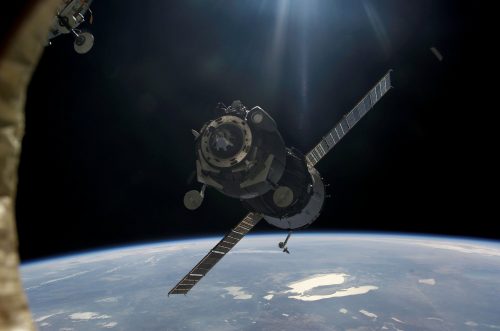Understanding Space Garbage: Humanity’s Growing Challenge in Orbit
Space garbage, also known as space debris, refers to the leftover fragments and objects in Earth’s orbit created by human activities. These remnants, ranging from defunct satellites to discarded rocket parts, have become a significant issue for space exploration and the sustainability of near-Earth orbit.
What Is Space Garbage?
Space garbage consists of man-made objects that no longer serve a purpose but continue to orbit the Earth. This includes:
- Defunct Satellites: Old or malfunctioning satellites left in orbit.
- Rocket Stages: Spent rocket boosters and parts discarded after launch.
- Fragments: Pieces from collisions, explosions, or disintegration of spacecraft.
- Miscellaneous Debris: Tools, paint flecks, and even lost items from astronauts.
The Scale of the Problem
According to data from space agencies like NASA and ESA, there are:
- Over 36,000 pieces of debris larger than 10 cm.
- About 1 million fragments between 1–10 cm.
- Tens of millions of smaller particles that are harder to track but can still pose risks.
This growing accumulation is a concern due to the Kessler Syndrome—a scenario where collisions between objects generate more debris, creating a chain reaction that could render some orbits unusable.
How Does Space Garbage Impact Us?
- Threat to Active Satellites
Space debris can collide with operational satellites, disrupting communication, navigation, and weather monitoring systems. - Hazards to Space Missions
Spacecraft and astronauts are at risk from high-speed debris, which can cause catastrophic damage. - Environmental Concerns
Space garbage adds to the environmental footprint of human activities, posing long-term challenges for orbital management. - Economic Costs
Collisions and damage from debris lead to significant financial losses and increase the cost of maintaining space infrastructure.
Efforts to Tackle Space Garbage
Space agencies and private companies are working on solutions to address the issue, including:
- Debris Tracking Systems: Advanced radar and telescopes are used to monitor and predict the movement of space debris.
- Active Debris Removal: Technologies like nets, harpoons, and robotic arms are being developed to capture and de-orbit debris.
- Designing Sustainable Satellites: Creating satellites with shorter lifespans or self-disposal mechanisms to reduce future debris.
- International Agreements: Collaboration through organizations like the United Nations’ Outer Space Treaty promotes responsible practices.
What Can Be Done Moving Forward?
- Stringent Regulations
Enforcing stricter guidelines for satellite design, launch, and end-of-life disposal can limit the creation of new debris. - Research and Innovation
Investing in cutting-edge technology to clean up space and develop sustainable solutions for future missions. - Public Awareness
Educating the global population about the importance of space sustainability to garner support for proactive measures.
Final Thoughts
Space garbage is a growing concern that demands immediate attention. As humanity continues to explore and utilize space, responsible actions are essential to ensure that near-Earth orbit remains safe and accessible for future generations.
Efforts to mitigate space debris must combine innovation, regulation, and international cooperation to tackle this pressing issue effectively. By addressing space garbage today, we can safeguard the opportunities of tomorrow.

Space garbage? I think I had heard about that but I hadn’t really considered it and the danger it could cause. Thanks for pointing that out!